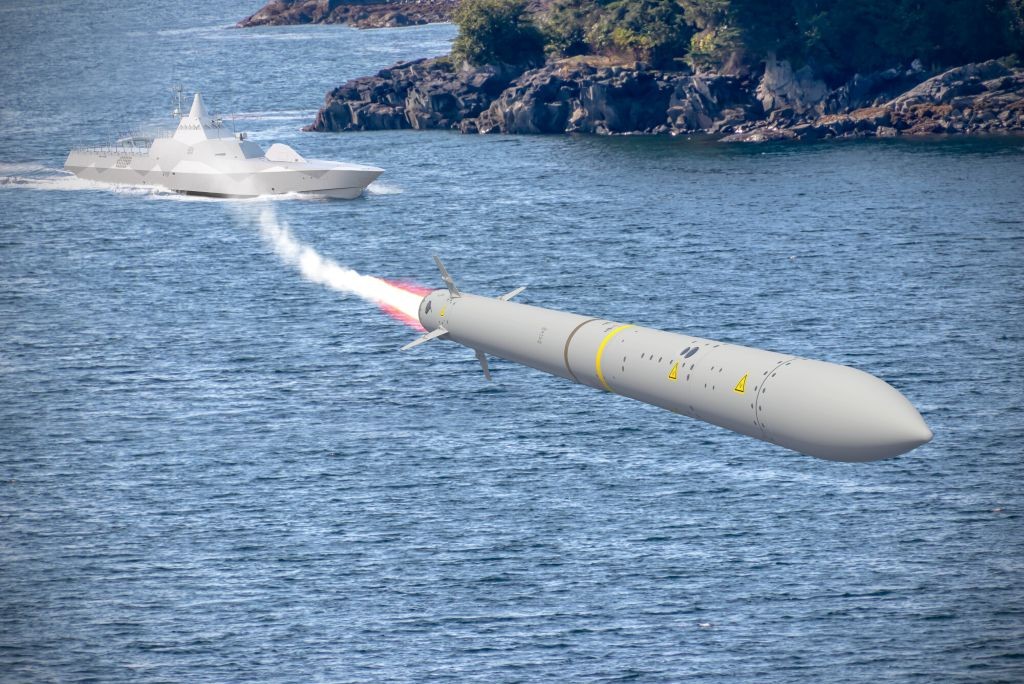Analysis of Army Aviation Transformation Amidst Technological Advancements
Current Challenges in Army Aviation
Recent discussions among military aviators highlight a growing sense of uncertainty within the Army’s helicopter flight schools regarding the introduction of uncrewed systems, particularly Sikorsky’s new uncrewed Black Hawk. The sentiments expressed by an Army aviator reflect concerns about the strategic direction of aviation within the service: “Why are we even doing this?” This question encapsulates a broader anxiety among Army personnel about the future of manned flight as unmanned systems gain prominence.
Strategic Reductions in Personnel
As the Army accelerates its integration of unmanned aviation technologies—aiming for enhanced operational flexibility and reduced risk to pilots—it simultaneously plans a significant reduction of its experienced personnel, cutting approximately 6,500 positions from its 30,000-strong aviation force over the next two years. This move involves eliminating one aerial cavalry squadron from each active-duty combat aviation brigade, a decision framed as a strategy to create a “leaner, more lethal force” through technological enhancements and the removal of outdated systems, as articulated by senior Army leaders.
- Key Points:
- Reduction aims to streamline operations.
- Focus remains on developing a technologically advanced and efficient force.
- Concerns persist regarding the loss of institutional knowledge and pilot experience.
Shift to Contractor-Led Training
Amidst these structural changes, the Army is exploring a new approach to pilot training with the contractor-operated model dubbed “Flight School Next.” This innovative strategy is projected to simplify training protocols, enhance aviator skill acquisition, and reduce fiscal expenditures by offloading training responsibilities to civilian contractors.
- Potential Benefits:
- Improved training efficiency and competitive standards.
- Greater focus on equipping pilots with relevant competencies for modern warfare.
Despite the potential advantages, skepticism remains prevalent among current and former aviators regarding the Army’s comprehensive aviation strategy. Some professionals have expressed concerns that rapid technological advancements may jeopardize critical pilot skills, with a belief that seasoned aviators provide invaluable insights that cannot be easily replicated in a contractor-driven environment.
Addressing Safety and Skills Deficiencies
The context of rising incident rates within Army aviation has intensified scrutiny on the training processes. A significant collision incident earlier this year, along with a rising trend of class-A mishaps, has illuminated deficiencies in core flying skills among current aviators, many of whom excel in systems operation but lack proficiency in fundamental flying techniques.
Maj. Gen. Clair Gil underscored the necessity for a renewed focus on foundational flight skills during recent discussions at the AUSA convention. The Army is considering the introduction of single-engine training aircraft to complement existing training methods, which could better prepare pilots for complex maneuvers and improve overall flight safety.
- Safety Concerns:
- Recent mishaps attributed to skill gaps.
- Previous reliance on dual-engine aircraft has limited exposure to critical training experiences.
Evolving Contractor Collaborations
Engagements with defense contractors are central to enhancing pilot training. A variety of firms are proposing solutions under the Flight School Next initiative, each presenting tailored educational methodologies and aircraft configurations. Notable partnerships include collaborations between Boeing and Leonardo, as well as offerings from Bell featuring single-engine training solutions.
- Contractor Contributions:
- Emphasis on innovative and cost-effective training solutions.
- Engagement of experienced instructors to elevate educational standards.
Morale and Job Satisfaction
Amidst these transitions, there is growing concern regarding the impact on morale within the aviation community. Recent maintenance issues and expanded service commitments have made pilot training more challenging, leading to frustrations among current students. Retired aviators emphasize the importance of high-quality training to maintain operational readiness and a motivated workforce.
The transition to a contractor-led model—while presenting opportunities for cost savings—must ensure that it delivers value not only in financial terms but also in preserving the soldier’s commitment and spirit.
Conclusion
The trajectory of Army aviation is undergoing a significant transformation as it embraces technological innovation and contractor involvement. While opportunities exist for enhanced training frameworks and operational efficiency, it is imperative that the service remains vigilant in maintaining pilot expertise and morale. As the Army navigates this critical period, the balance between innovation and tradition will define the future of its aviation capabilities.





